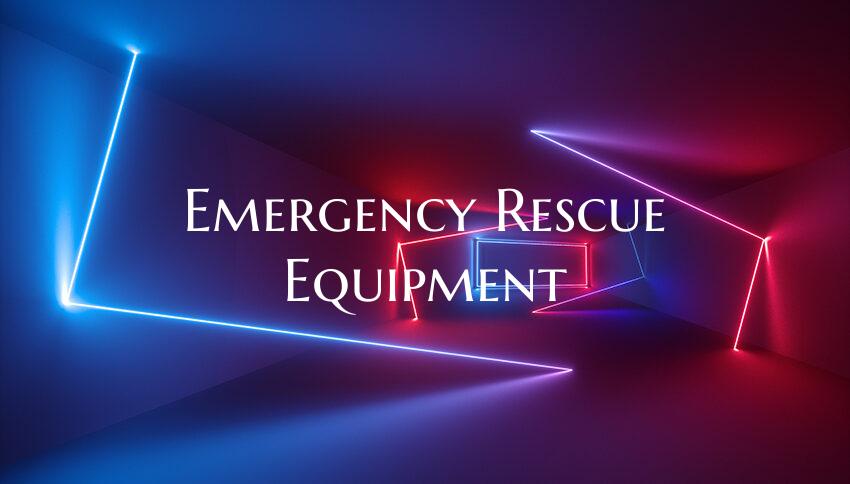Emergency Rescue Equipment
In times of crisis and disaster, having the right emergency rescue equipment can make all the difference in saving lives and ensuring the safety of both rescuers and those in need of help. Emergency rescue equipment encompasses a wide range of tools and gear designed to assist in various emergency situations, from natural disasters to medical emergencies and search and rescue missions.
One of the most essential pieces of emergency rescue equipment is a first aid kit. A well-stocked first aid kit should include essentials such as bandages, gauze, antiseptic wipes, gloves, and medications for common ailments. Having a first aid kit on hand can help address injuries quickly and prevent further harm until professional medical help arrives.
Another crucial piece of emergency rescue equipment is a reliable flashlight. In situations where power is out or visibility is low, a flashlight can help rescuers navigate dark areas, search for survivors, and signal for help. It is important to have extra batteries or a rechargeable option to ensure the flashlight remains functional for extended periods.
For search and rescue operations, specialized equipment such as ropes, harnesses, and carabiners are essential for safely navigating difficult terrain and extracting individuals from hazardous locations. Technical rescue teams also rely on tools like pulleys, rescue litters, and communication devices to coordinate efforts and execute complex rescue missions effectively.
In water-related emergencies, rescue equipment such as life jackets, throw ropes, and flotation devices are crucial for providing assistance to individuals in distress and preventing drowning incidents. Water rescue teams may also utilize boats, rescue buoys, and specialized diving gear to conduct water-based rescue operations.
Emergency rescue equipment is not only limited to physical tools but also includes training and preparedness resources. Rescuers must undergo regular training to maintain their skills and knowledge in using various rescue equipment effectively. Additionally, having emergency response plans, communication protocols, and coordination strategies in place can enhance the efficiency and effectiveness of rescue operations.
In conclusion, emergency rescue equipment plays a vital role in mitigating the impact of emergencies and disasters by enabling swift and effective response efforts. By ensuring that rescuers are equipped with the right tools, training, and resources, we can improve outcomes in crisis situations and save lives. Investing in quality emergency rescue equipment is an investment in preparedness and resilience for communities and organizations alike.

